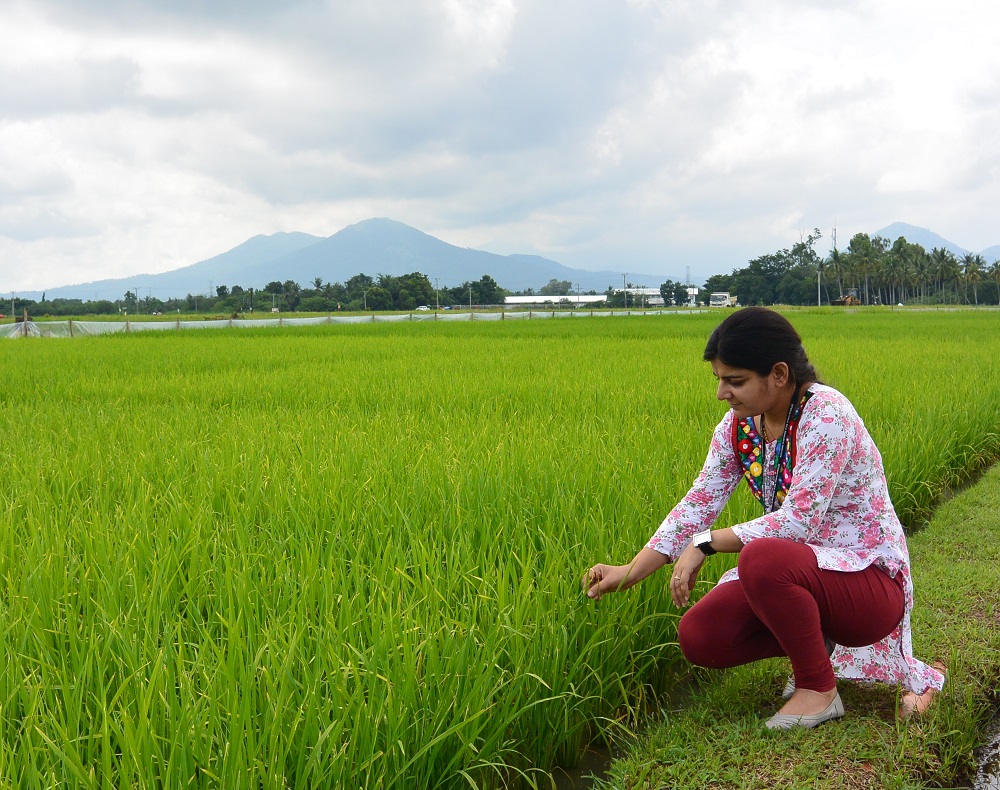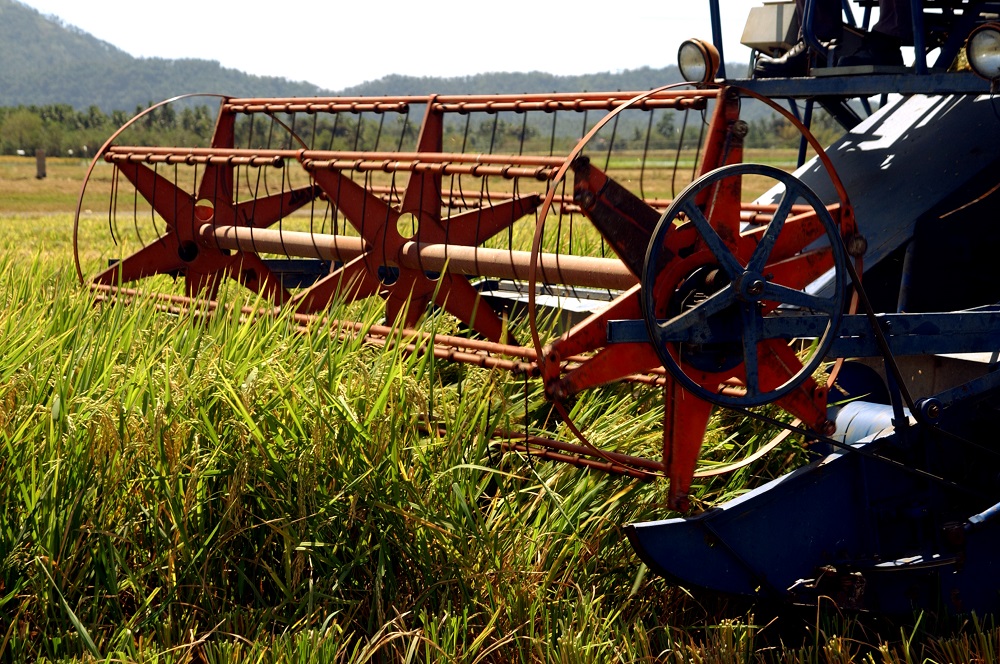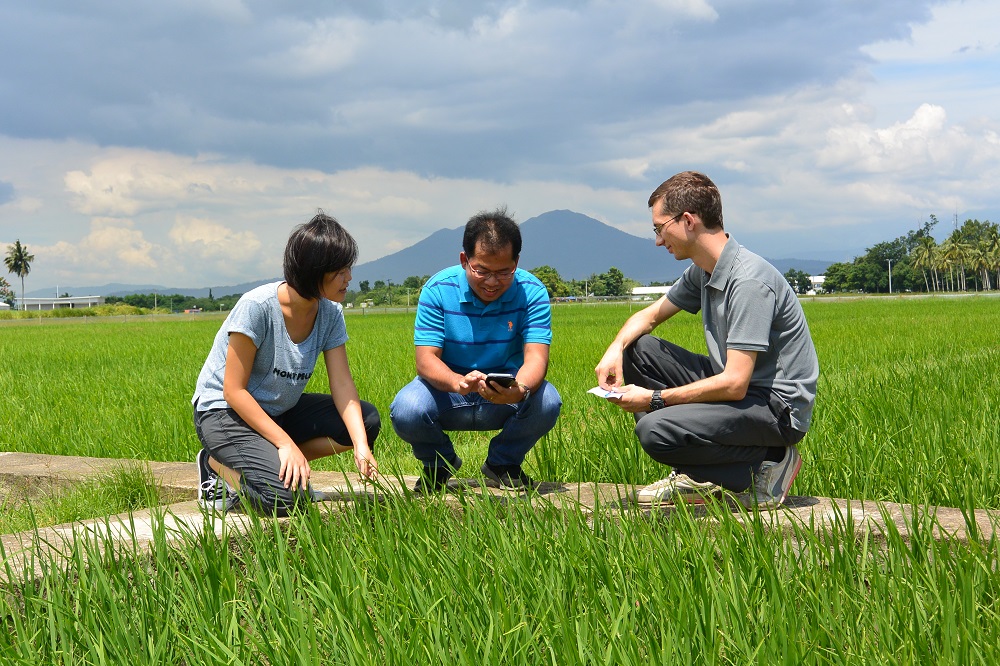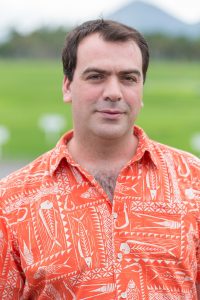The International Rice Research Institute (IRRI) delivers through research excellence. The IRRI Seed Grant Scheme was launched in early 2017 to foster innovative collaborative research among young scientists. Following a competitive peer-review process, six research teams were awarded USD 15,000 each to undertake cross-disciplinary and innovative research over the next 9 months. Meet the principal scientists and the stories behind their winning proposals.

Transforming rice production to improve the livelihood of farmers
Nitika Sandhu
The rapid urbanization of major rice-growing regions is limiting farmers’ access to land, labor, and resources such as water. As a response, the traditional method of transplanting rice seedlings is being replaced by directly sowing seeds in the field. This is less labor intensive, uses less water, and leads to faster crop establishment. However, directly sowing seeds may lead to uneven germination, decreased survival, increased competition from weeds, and lower crop yields. Dr. Sandhu aims to transform rice production systems to help poor farmers struggling to cope in a changing world. She has formed a collaborative research team with experts in plant breeding, soil chemistry, and growing rice in unfavorable environments. The team will examine issues associated with variable seedling sowing depth and its effect on nutrient uptake in relation to water content. The research aims to identify rice varieties and develop management practices that lead to high rates of germination and emergence and better crop establishment under direct seeding. The ultimate goal is to increase the yield and profitability of farmers through the adoption of mechanized direct seeding.

A schedule for harvesting success
Nguyen Van Hung
The rising cost and shortage of labor mean that combine harvesters are increasingly being used to harvest paddy rice. Machines are usually shared among many farmers, leading to competition for access during busy periods. If access to machines is not scheduled well, farmers can experience high crop losses and excessive harvesting costs. To overcome this problem, Dr. Nguyen and his research team aim to develop a system called EasyHarvest. This will optimize the scheduling of combine harvester services so that the needs of farmers can be matched to the availability of contractors and equipment. By combining predictions of harvesting times and the availability of combines, the harvesting requirements of farmers can be efficiently managed. This system also offers the potential to monitor and forecast the dates for harvesting rice, allowing farmers to plan well in advance. EasyHarvest could cut postharvest losses by 3% and farmers’ costs by as much as 10%. It could also help reduce the environmental footprint of harvesting by using machinery more efficiently and effectively. If the proof-of-concept trials at IRRI are successful, the system could be scaled up to the national level and used to schedule access to any machine used in rice production.

Empowering rice farmers with information technology
Harold Glenn Valera
Dr. Valera, a social scientist with expertise in gender research, aims to empower rice farmers in the Philippines by increasing their access to information technology. Rice Crop Manager is a decision-support tool developed to help farmers increase their yield and profitability by providing them with tailored crop management advice. It has been estimated that using the tool could increase rice yields by 300 kg and farmers’ income by about USD 80 per hectare. Through surveys, Dr. Valera aims to evaluate the behavior of men and women farmers toward the information provided by the tool. He will assess differences in perception and understanding of the information it provides and how these affect implementation of its recommendations. By bringing together experts in social science, information and communication technology, and agriculture, this research will highlight the effectiveness of agricultural extension: the ability of scientific research and knowledge to educate farmers. The outcomes will be a series of recommendations that will enhance the dissemination of ICT tools such as Rice Crop Manager. In turn, this will allow for the full increase in yield and profitability that these tools offer.
Software tools to accelerate rice breeding
Dmytro Chebotarov
Dr. Chebotarov, a bioinformatician and statistician, wants to develop a software tool that will help scientists and breeders deliver the next generation of rice varieties. The genome of a rice plant is a unique sequence of genetic code that acts as a blueprint or set of instructions that controls every aspect of the plant. With sequencing, it is possible to read this code and identify variations known as single nucleotide polymorphisms (SNPs). SNPs can be used to understand why rice varieties differ from one another. Generating sequence data can be costly and so, often, only a partial sequence—akin to a fingerprint—is obtained. When this approach is taken, scientists are forced to limit the number of variants they can measure. Reaching a meaningful trade-off between cost and the potential value of the data is extremely challenging. To help make this decision, Dr. Chebotarov and his team aim to develop a software tool called MAPPA. This will enable scientists to maximize the value of their data while minimizing the cost of sequencing. MAPPA will exploit the information from the variants measured by ensuring that these are well-distributed within the genome while being informative. Apart from saving scientists money, the real value of the tool is in increasing the amount of information available to scientists and breeders, which, in turn, will increase the speed and efficiency of introducing agriculturally desirable traits into new rice varieties—and benefit rice farmers and consumers alike.
Using lessons from the past to drive the future of rice breeding
Hsiang-Chun Lin
Dr. Lin, an expert in applied photosynthesis and systems modeling, aims to exploit rice evolution to drive the future of rice breeding. Chloroplasts are one of the most important biological machines on Earth. Present in all plant cells, they convert sunlight into energy through photosynthesis. In turn, this energy is supplied to the powerhouses of the cells, the mitochondria. These two remarkable structures are the result of an evolutionary relationship between early plant cells and oxygen-using photosynthetic bacteria. As a result, chloroplasts and mitochondria have their own genetic code (DNA), which is different from that of the rest of the plant. Because of the important role these structures play, a variation in the genetic code between rice varieties could lead to major differences in important agricultural traits that affect growth, biomass production, and yield. In a unique collaboration between bioinformaticians and biologists, Dr. Lin’s research aims to compare the DNA of 3,000 rice varieties and identify variations called single nucleotide polymorphisms (SNPs). This information will enable her team to understand the diverse function of rice and understand the evolution and history of rice domestication, which will help to identify lines that can be used to breed new varieties with improved agronomic traits. It will also help scientists understand the evolution and history of rice domestication, information that will inform the breeding process.

Safeguarding the future of rice nutritional quality
Nikolaos Tsakirpaloglou
Dr. Tsakirpaloglou is a molecular biologist who aims to safeguard the nutritional quality of future rice varieties to help fight malnutrition. To alleviate global deficiency in iron and zinc, IRRI has produced biofortified rice lines that provide up to 30% of the estimated average requirements of these micronutrients. These lines are set to play an important role, particularly in rural regions and poverty-stricken urban populations, where traditional micronutrient intervention strategies are less effective. Recent evidence suggests that iron and zinc content in cereal grains may decrease in the future as a result of climate change. Working with scientists from the C4 Rice Group, Dr. Tsakirpaloglou research aims to evaluate the performance of biofortified lines under future climate conditions. The results will enable the selection of appropriate geographical zones to ensure the maximum impact of biofortified lines in the coming decades. It will also call for the development of new strategies to mitigate micronutrient deficiency in a world experiencing extreme changes in climate.
_______________________
Dr. Coe is the leader of the C4 Rice Center Phenomics Group at IRRI. Dr. Radanielson is a cropping systems scientist at IRRI.





